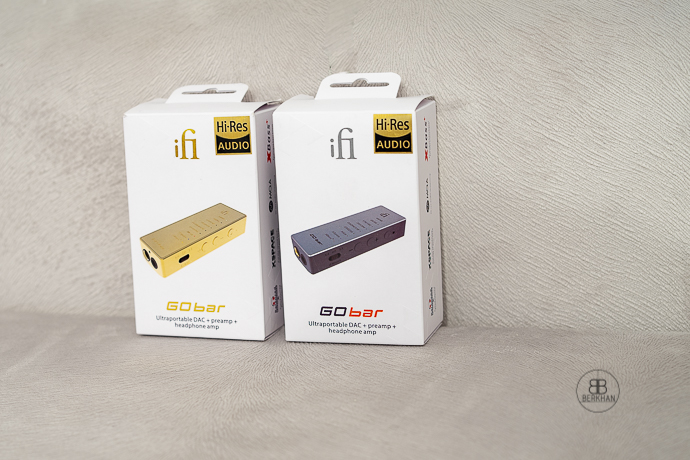
The DAC section was able to provide delightful clarity to the variety of sounds of this recording, from the horn section to the ambient guitars and vibraphone. I’ve been spending some time recently getting acquainted with modern jazz, and this track from Mary Halverson, titled “Night Shift” (Streaming PCM 96kHz) ( buy at Amazon ), really stood out to me while listening with the iFi Go Bar. Listening to the iFi GO bar DAC/Headphone Amp… Once you get used to how it works, it’s simple enough, but I would make sure you keep the quick reference card iFi provides in the package. The digital filters can be tricky to access. One of the problems you have with a device this size with so many options is that you only have so much space to make a usable design.I also respect that to get the form factor to this small some sacrifices need to be made. I wish the GO bar could remember my last set volume level and my preferred reconstruction filter. For the most part, if the quality of the digital content isn’t changing, I don’t need to increase or decrease the volume too much, but every time you plug the device in, you need to adjust the volume as it resets itself to a default volume.If the lettering was in white or a color that wasn’t as dark, it would make reading the information a lot easier for the end user. With the black lettering on the black case, I had trouble reading the information at times as to what the sound quality was.Some Things You Might Not Like About the GO bar Lovers of wired audiophile headphones will love the portability that the iFi GO bar brings to the table. I can hear the wired headphone fans cheering already. Its portability accommodates those listening styles too, and because it doesn’t require a battery of its own (it draws power from the device you have it plugged into) you can enjoy listening for hours on end with no worries of needing to stop to charge anything or needing a long cord for your headphones to reach your preamp or headphone amplifier. That isn’t to say that you can’t use the iFi GO bar while you sit at your desk or in your favorite seat in the house. If you’re someone who wants to enjoy hi-res music while you’re on the go, having a device like this is ideal.

Why Should You Care About the iFi GO bar DAC/Headphone Amp? I found that the XSpace was valuable in adding some of the soundstage that can be lost with headphones and the XBass+ was effective in adding more weight to the music.
#Ifi go bar review portable#
The iFi go BAR is the gold standard for portable audiophile portable DACs. That is a lot of features in such a small package, especially at $329.


Last but not least, you get your pick of four reconstruction filters (Bit Perfect, Standard, Minimum Phase, and Gibbs Transient Optimized), two analogue processing modes (XBass+ and XSpace), a row of LED lights to help you understand the audio format being decoded, along with a 4.4mm fully balanced output, and a 3.5mm S-Balanced output.
#Ifi go bar review full#
And if that wasn’t enough, the16-core XMOS micro controller partnered with a 32-bit Cirrus Logic DAC chipset offers decoding of PCM up to 32-bit/384kHz, DSD256, and full MQA decoding. While extremely small, it is still capable of putting out 475 mW into 32 ohms, which makes it capable of driving most headphones. If you want to know what I mean by ultra-portable, it is approximately the size of my index finger (15/16 inch wide, 1/2 inch high x 2-5/8 inch deep), while weighing just one ounce. The GO bar by iFi ( buy at Amazon ) is a $329, ultra-portable USB-based audiophile DAC and headphone amplifier.


 0 kommentar(er)
0 kommentar(er)
